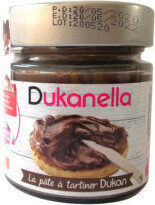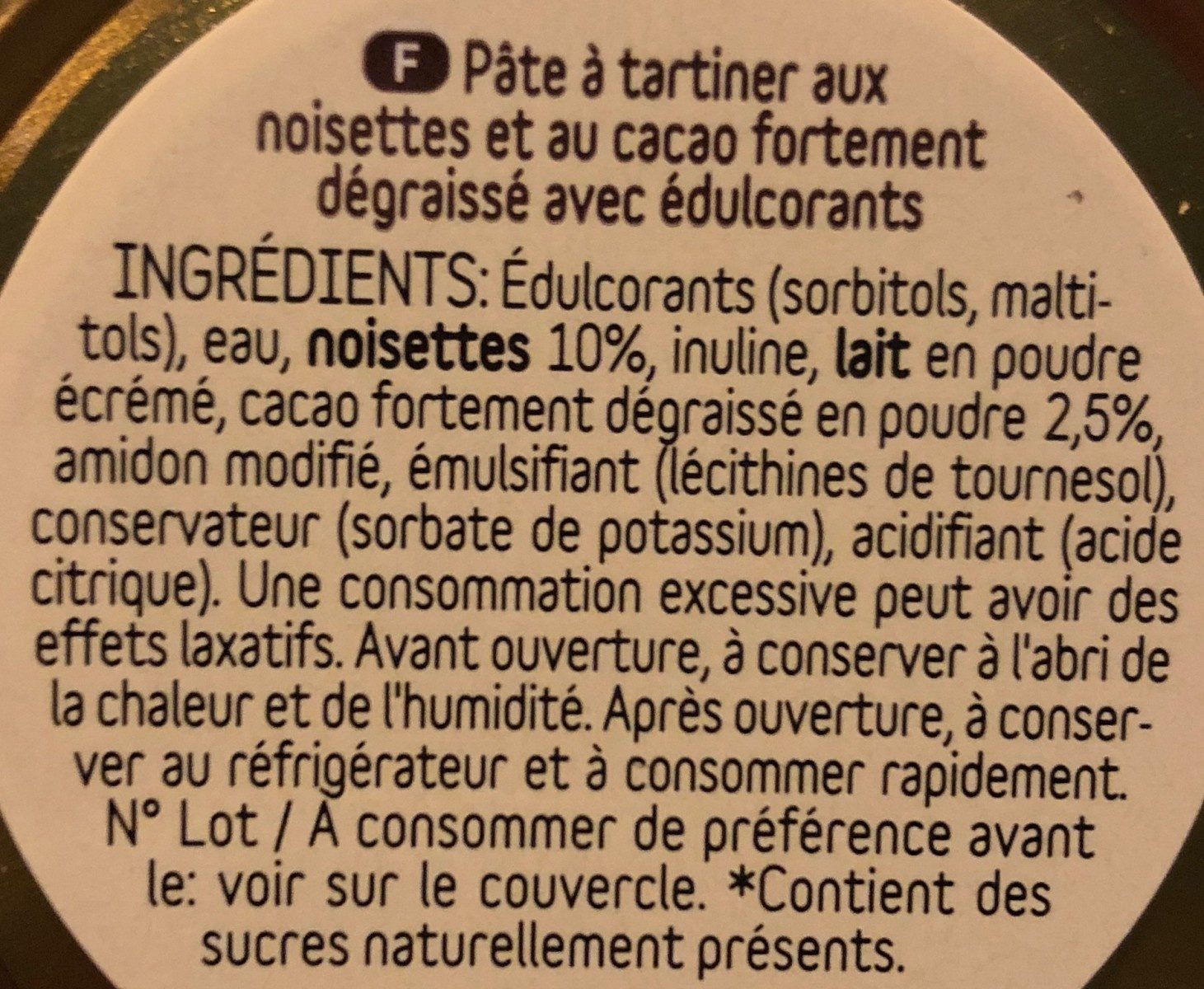Dukanella - Dukan
This product page is not complete. You can help to complete it by editing it and adding more data from the photos we have, or by taking more photos using the app for Android or iPhone/iPad. Thank you!
×
Barra-kodea: 3760151011412 (EAN / EAN-13)
Markak: Dukan
Kategoriak: en:Breakfasts, en:Spreads, en:Sweet spreads, fr:Pâtes à tartiner, en:Hazelnut spreads, en:Chocolate spreads, en:Cocoa and hazelnuts spreads
Etiketak, ziurtagiriak, sariak:
en:Green Dot, No added sugar, Nutriscore, Nutriscore A
Saltzen diren herrialdeak: Frantzia, Espainia, fr:Francia
Matching with your preferences
Ingurumena
Carbon footprint
Ontziratzea
Transportation
Report a problem
Datuen iturria
Product added on by kiliweb
Last edit of product page on by quentinbrd.
Produktuaren orria -gatik editatua musarana, openfoodfacts-contributors, roboto-app, samisiere, scanbot, teolemon, yuka.A6saDdKvMOp_EMKP-INo5Ge4LdzNAM1wN0Iyog, yuka.U0x0WUlhZ2xpZDlVbDhWajF4S0p3bzEyL3FTRVhsR2VCTll1SVE9PQ, yuka.VGFVWU9iZ2ZuOEU2cTlnNXBneUx3dWh2bjUyVlZrYVNMdWtJSVE9PQ, yuka.ZVlSY0tZZ1FpZHRTd2NGbG9DM1F4TXRjbjhPZ2MxdUdLK2xBSUE9PQ, yuka.sY2b0xO6T85zoF3NwEKvlhAfY9nTiRHoMy3UgX2W3datIrPDfY5q243gH6o, yuka.sY2b0xO6T85zoF3NwEKvlkJ8TOjvgjjobRPtwGGI1NSvdJ3SQPFQyJLLKas, yuka.sY2b0xO6T85zoF3NwEKvlkhLadOFiWnEMkDmkhCpwIiWLLXTRIpU_9j9NKg, yuka.sY2b0xO6T85zoF3NwEKvll1ZaNHHr2P8bBj6q2Kpz9HVCMzJavcj-JnnPKg, yuka.sY2b0xO6T85zoF3NwEKvlld6XoXsnxb8KQDhhVOP_umDPIHDQ-tSw4PbOqs.











